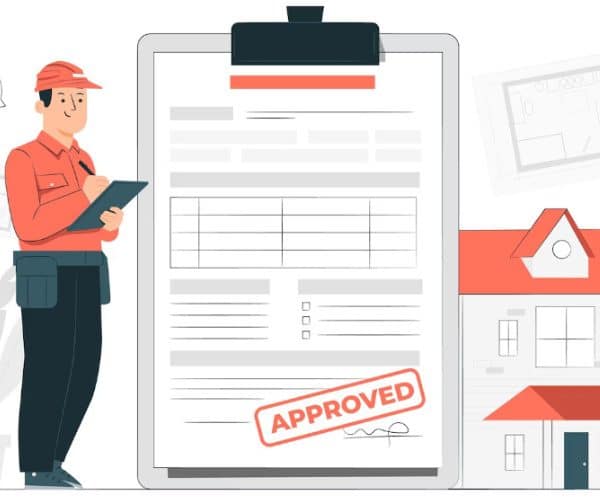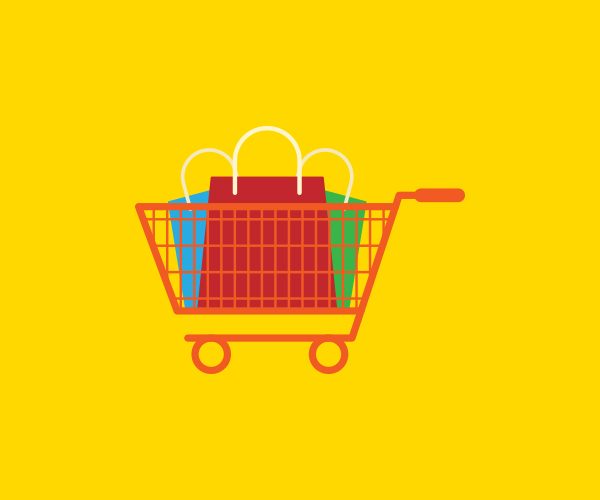Buyback is a practice in which a supplier agrees to repurchase a predetermined amount of inventory from a retailer/wholesaler, at a predetermined price. Retailers or wholesalers return this inventory if it goes unsold.
The buyback agreement decides the terms and conditions of this transaction. It can determine the amount of inventory that is eligible for the buyback, the time frame of this return, and the product quality that can be returned, etc.
Buyback has several benefits for both parties involved.
Benefits of a Buyback Contract for the Buyers and Suppliers

First, let’s go through the benefits of buybacks for the buyers first:
Benefits for the Buyer
Buyers can avail the following benefits from the buybacks:
Clears Unsold Inventory
One of the major benefits of buybacks is that businesses (retailers or wholesalers) can clear the excess unsold inventory by sending it back to the supplier. This is especially helpful for businesses that overestimated the customer demand and purchased more than required inventory.
Such situations can arise during festivals or other events when the demand is usually high. Businesses purchase more inventory in hopes of high sales and revenue generation. Customers usually don’t purchase event specific products after Christmas or Valentine’s day, etc.
For this, buybacks help clear the excess stock.
Reduces Inventory Holding Cost
When the excess inventory is cleared, it can automatically reflect a reduction in the inventory holding cost. Reducing these costs is crucial to managing consumer prices.
Statistics show that the inventory holding cost can make up to 60% of the product’s final price if it is held for one year. The longer the product goes unsold, the higher the holding cost goes.
If a buyback agreement is in place, businesses can return the unsold products. This means that they don’t have to spend more to hold this inventory.
Purchase of In-Demand Inventory
Another benefit of buybacks is that when businesses clear the unsold inventory, they can make space for the in-demand inventory. One of the major reasons products go unsold is that the customer demand has decreased.
This happens when there is a new product or an improved version of this product. In this case, businesses that stock the new product can earn profit.
For this, businesses return the products to the supplier and then purchase the in-demand products.
Benefits for the Supplier
These are the benefits of buyback for the supplier:
Strengthen the Buyer-Supplier Relationship
Buybacks can strengthen the buyer-supplier relationship. This is because when suppliers offer a buyback clause in the agreement, it essentially means that they are ready to handle and share the risk with the buyer.
Buyers prefer to purchase from suppliers that can take back the unsold inventory as it clears their space to purchase new products. A strong and trusted relationship between buyer and seller is crucial even for the supply chain as well.
Encourages the Retailer to Purchase More and New Inventory
It may seem like when suppliers take back the unsold products, they are on the losing side. However, this action may encourage the retailers/buyers to purchase more products from them that are in demand.
As mentioned above, buybacks can strengthen the buyer-seller relationship. This can also make the buyer purchase more from this supplier.
When the buyer has cleared the warehouse off the unsold inventory, they can then purchase the new in-demand products from this seller, depending on the agreement.
Enhances Business Reputation in the Market
If a retailer or a wholesaler has unsold products sitting at the display, it can impact the image of that brand and the business. This is why suppliers agree to a buyback agreement, to protect the brand’s image in the market.
This also helps the supplier’s image as well. A supplier that is ready to take back the unsold items from retailers is not leaving empty space for other competitors. Buybacks can help suppliers retain customers and also attract new ones.
Buybacks are not free from their share of drawbacks.
What are the Downsides of a Buyback Contract for the Parties Involved?

First, let’s go through the downsides of buybacks for buyers:
Challenges for Buyers
The buyer businesses may face the following challenges with buybacks:
Strict Conditions of Buyback Agreement
The first challenge comes with the buyback agreement itself. Suppliers may add strict conditions to this agreement. For example, suppliers may restrict the retailer/wholesaler to a limit of inventory that they will take back.
This means that the buyers may still be left with unsold inventory because it exceeds the set limit.
Another condition can be added related to the time frame of the returns. Suppliers may not take back the inventory if that time limit is crossed. They may also restrict the businesses to a certain level of product quality that they will take back.
This implies that if products are damaged beyond the set standard, suppliers will not take them back.
Discounted Buybacks and Logistics Issue
In some cases, the buybacks aren’t carried out at the same rate that the products were purchased. For example, suppose a retailer purchased 100 units at the cost of $10 per unit from a supplier.
In the agreement, the supplier mentioned that in case of buybacks, the cost of each unit would be reduced by 30%. So, in the above-stated example, the supplier will repurchase the unsold items at $7 per unit (30% of 10 is 3).
Some buyback agreements may put the responsibility of return logistics on the buyer’s shoulders. This means that each return will put the delivery cost and in-transit inventory handling expenses on the buyer.
Inventory Management
Inventory management can become a challenge especially if there are frequent buybacks. Suppose a retailer first purchases inventory from the supplier. Then it sells it to the customers. When the inventory is unsold, the suppliers are contacted for the buybacks.
The products are sent back to the supplier and new ones can be restocked depending on the agreement. During all this, data has to be updated constantly. A small business may find managing inventory a challenge with buybacks.
Challenges for Sellers
The suppliers may face the following challenges with buybacks:
Accumulation of Unsold/Damaged Products
One of the biggest challenges for suppliers is that with frequent buybacks, they may end up with piles of unsold inventory from the retailers/wholesalers.
Suppliers may find it difficult to find new buyers for these products, especially if they are no longer in demand. The last option may be to dispose of this inventory, which opens the gate to a whole different world of issues.
Increase in Cost
Handling the returned products is a costly affair. First, it increases the inventory holding cost for suppliers. This inventory also takes up crucial space at the warehouse.
Another costly operation is reselling this inventory in alternative markets. This is because if the products were returned because the demand has died down, the alternative markets may not purchase products at the same price.
In this case, the suppliers can resell them at a discounted rate. Selling at a lower price is still better than disposing of the inventory.
Degradation of Product Value
The returned products may lose value. This means that by the time products reach the suppliers, their value is diminished and may not resell at the same price. This value reduction may be caused due to damage during shipment, damage at the buyer’s warehouse, etc.
Another major reason for value degradation happens when there are frequent buybacks of a product.Retailers understand that either this product is not up to the mark, not popular with the consumers, or some other issue. This may make the retailers/wholesalers not stock this product.
Conclusion
Buyers and suppliers should carve out a workable solution for buybacks. This way, retailers can easily purchase inventory from suppliers, knowing that in case it goes unsold, the supplier will take it back.
Suppliers can also take back the products comfortably knowing the retailer will restock its inventory with the latest in-demand products.



